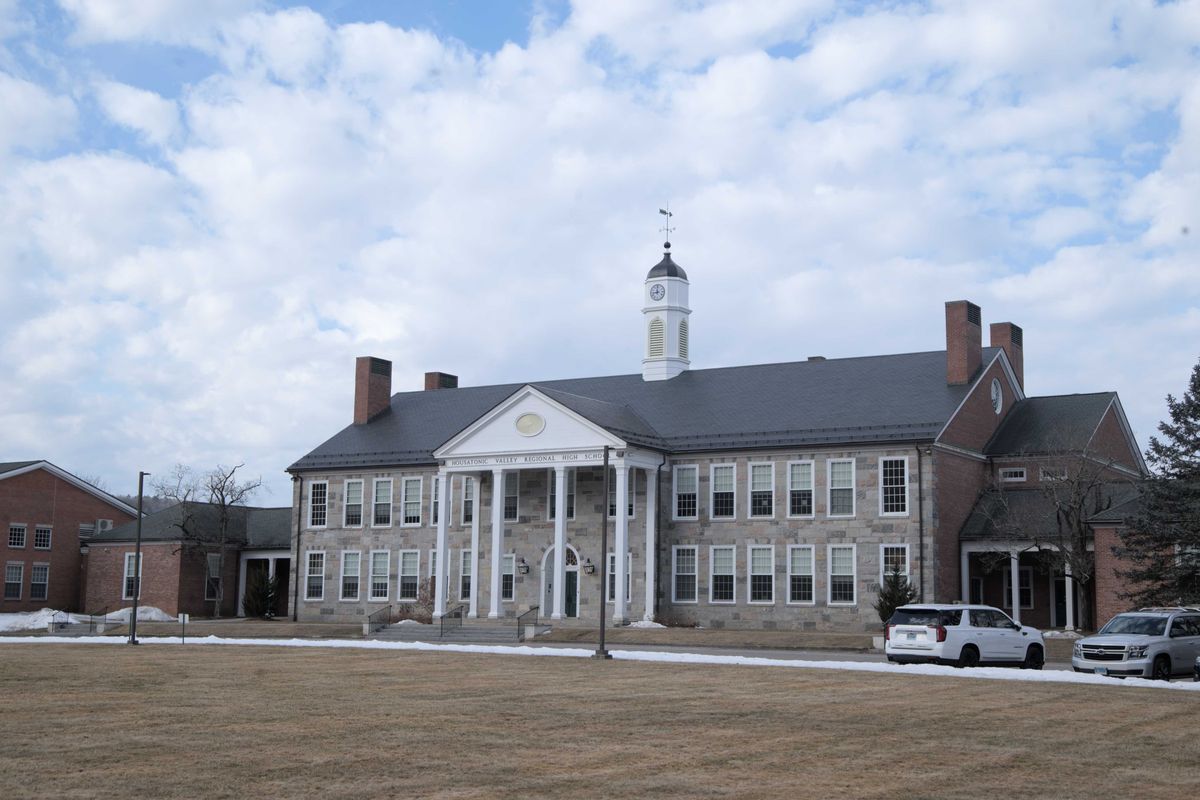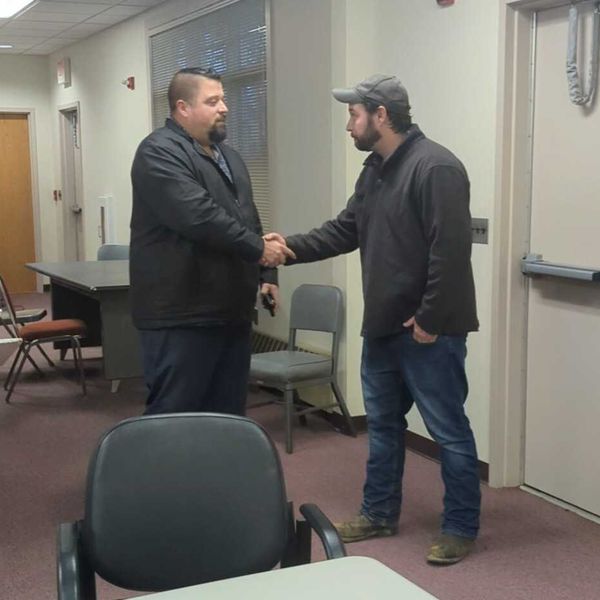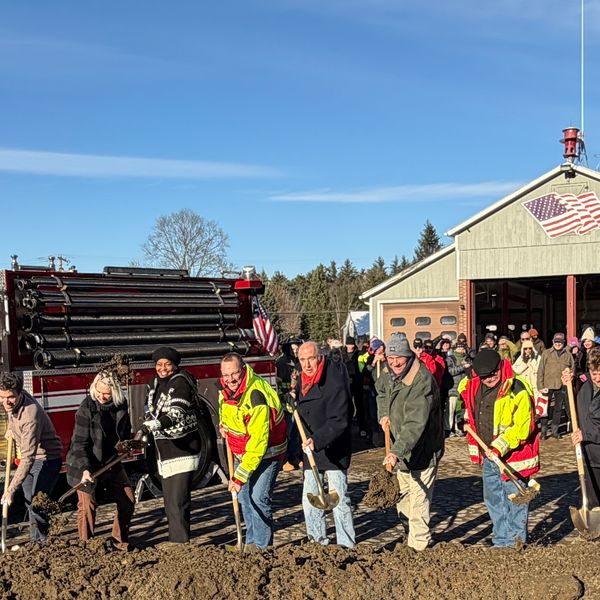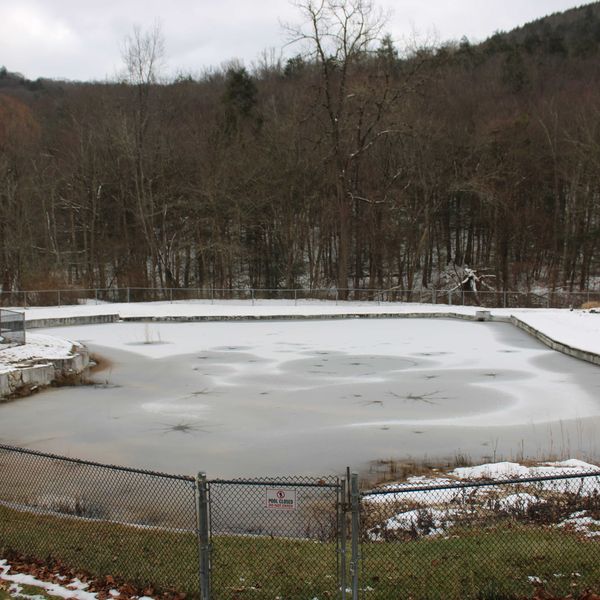frank.food company’s New Restaurant Is Frankly Good Food
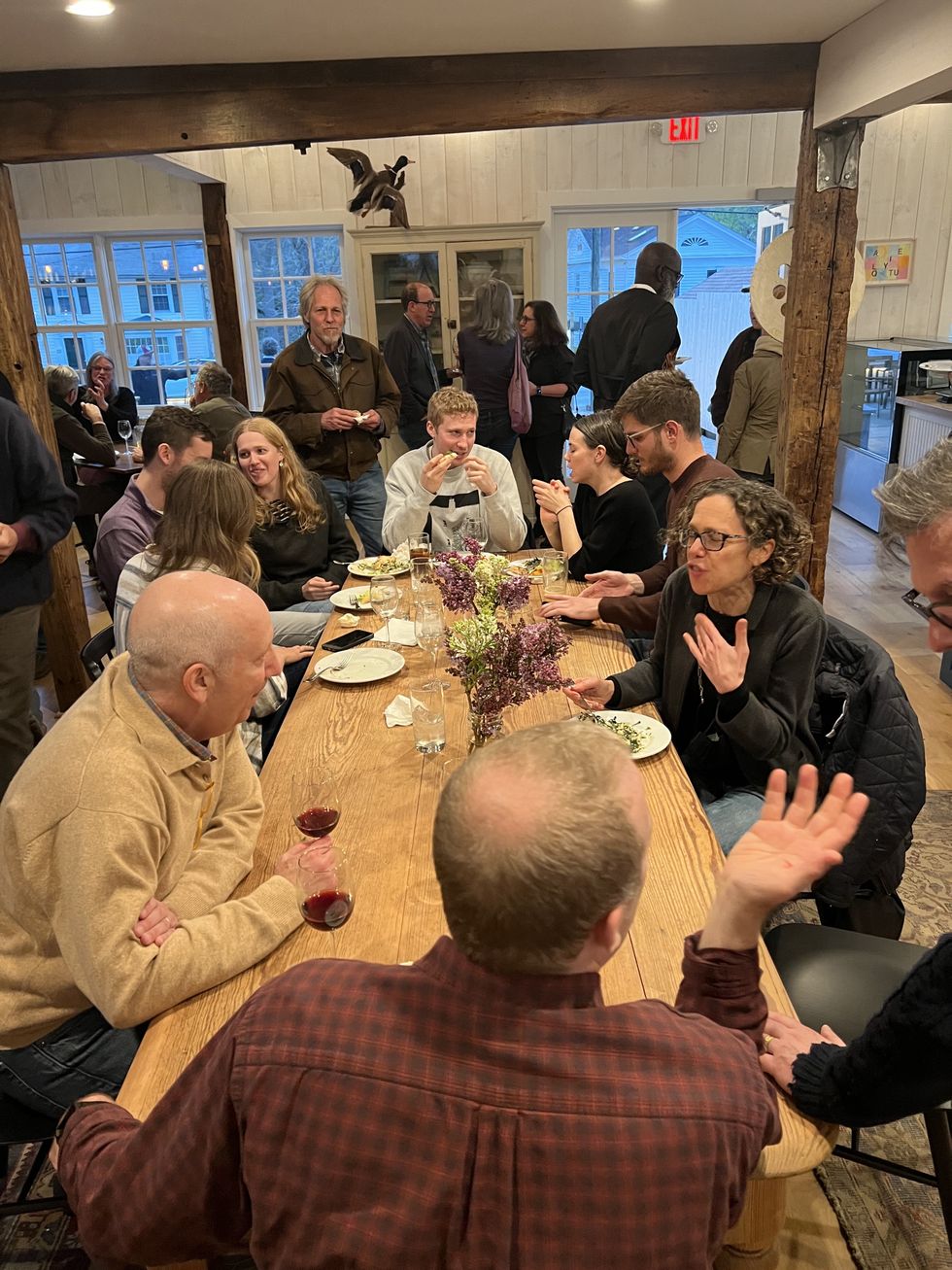
frank.food company closed its Kent, Conn., location during the COVID-19 pandemic but new larger version is now open in West Cornwall — and becoming a social hub as well as popular restaurant. Photo courtesy Frank Way
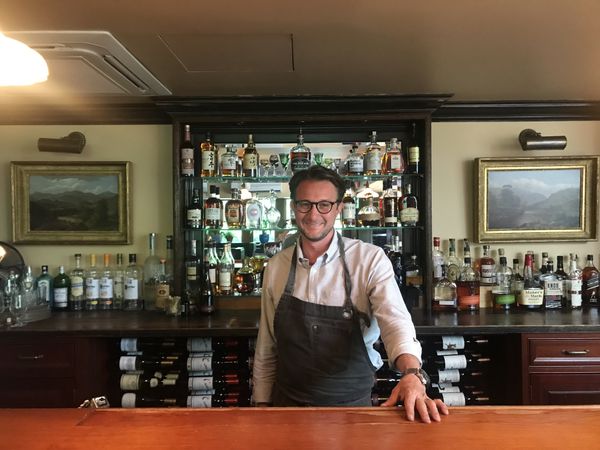
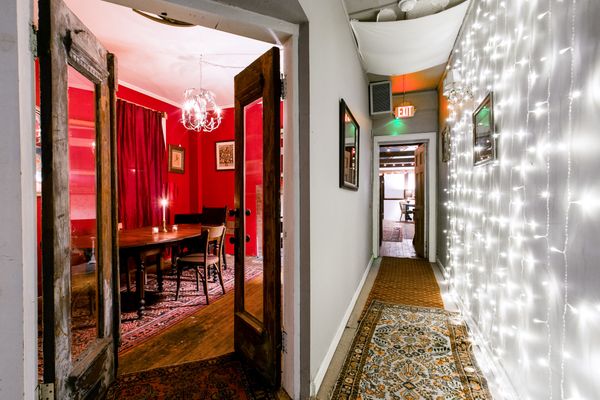
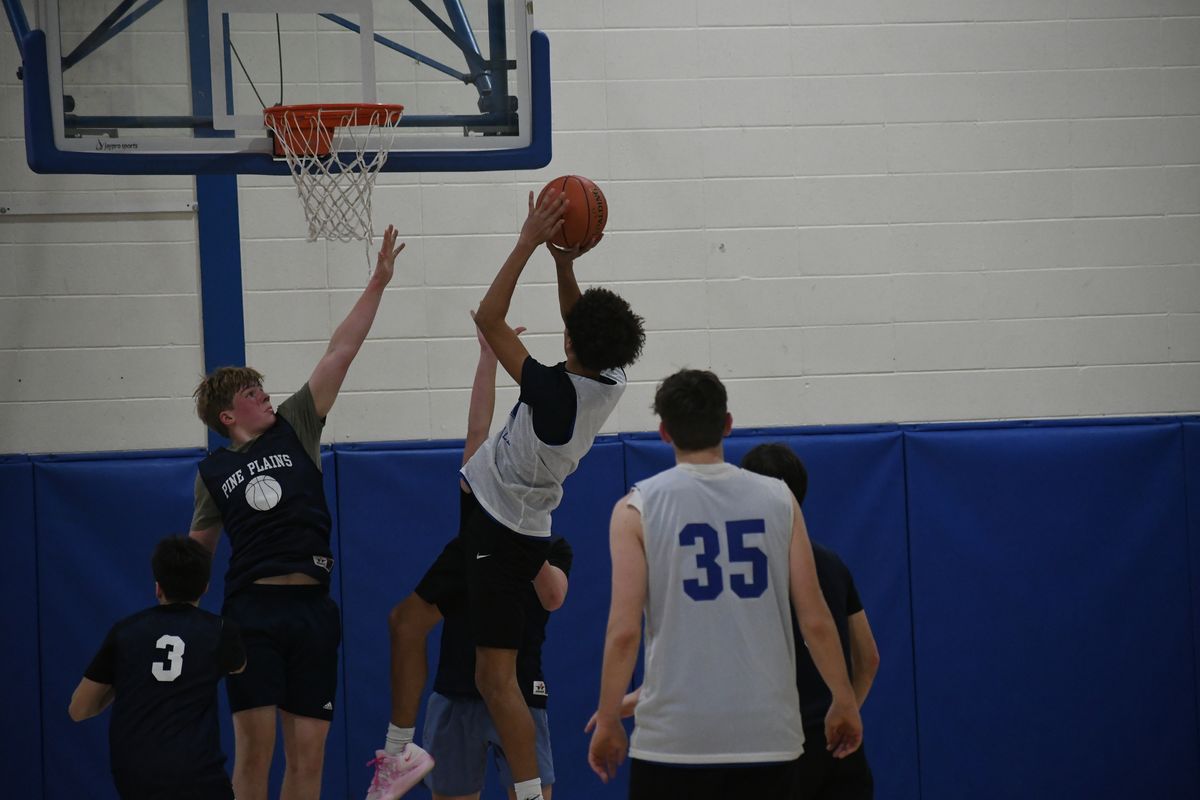
 Nick Crodelle dribbles the ball up the court during the game.
Nick Crodelle dribbles the ball up the court during the game.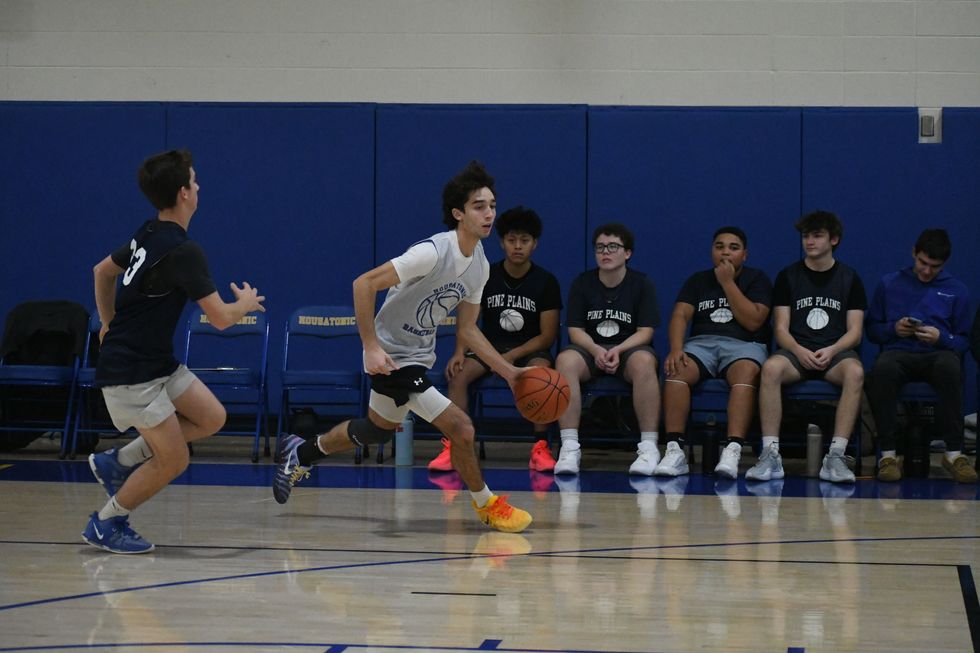 Anthony Labbadia
Anthony Labbadia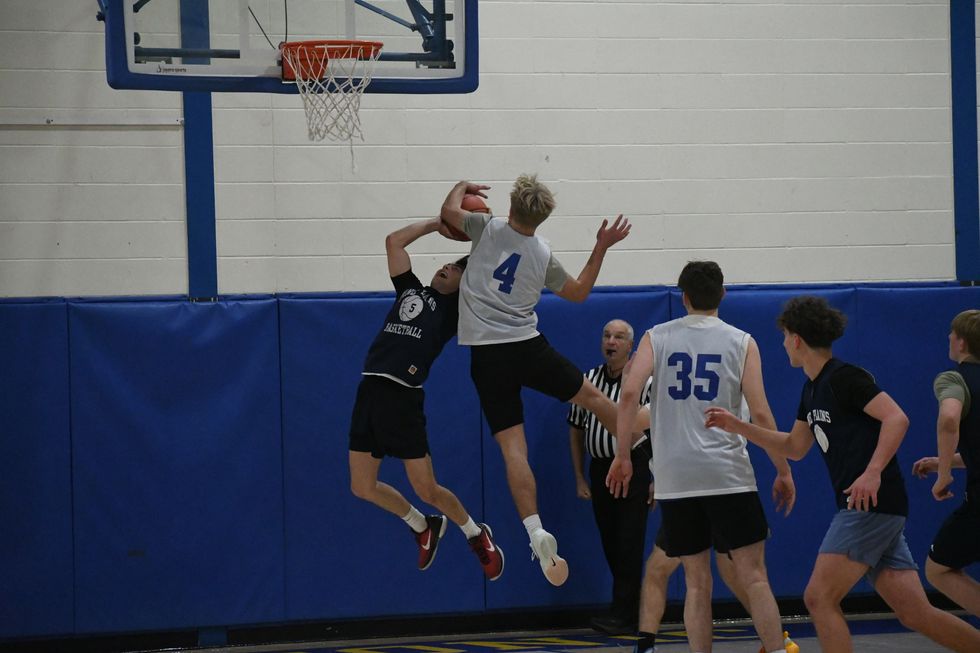 Owen Riemer block By Riley Klein
Owen Riemer block By Riley Klein 
